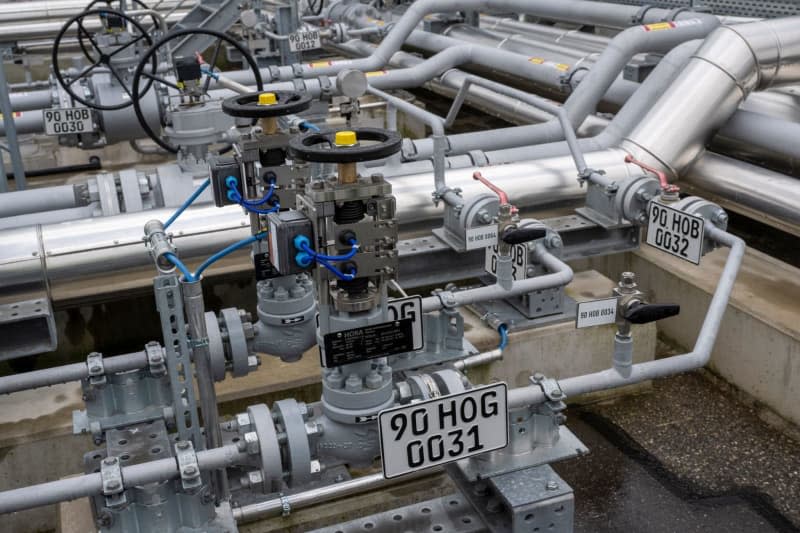Study says Germany, EU risk missing their own clean hydrogen goals

Clean hydrogen as an energy source is indispensable for achieving global climate targets, but Germany and the European Union are in danger of missing their own hydrogen targets, a study published on Monday showed.
"Germany is clearly lagging behind its plans," management consultants PwC Strategy& wrote in its report.
While an electrolysis capacity of 10 gigawatts (GW) is planned by 2030, not even 0.1 GW is in operation today and projects with 0.55 GW have been financed, the study showed.
Electrolysis is the process by which water is split into hydrogen and oxygen with the help of electricity. The process takes place in an electrolyzer and produces carbon-free hydrogen energy.
In order to reach the target, Germany would have to build 1 to 2 GW of electrolysis plants and 200 to 400 wind turbines every year. In the past two years, however, only 0.25 GW of additional capacity has been financed.
According to PwC, the EU wants to use at least 20 million tons of clean hydrogen by 2030 and produce half of it in Europe. However, "the EU is a long way from achieving this." It would have to build 120 GW of capacity to achieve this.
Only 0.2 GW of plants are currently in operation, while plants with a capacity of 3 GW are under construction or financed. In view of its own targets, the EU would have to build plants with a capacity of 20 GW every year.
There is a huge gap between announcements and realization worldwide,the study said. Projects with 840 GW have been announced, 15 GW are financed or under construction and plants with just 1 GW are in operation.
In terms of plans, Europe is in first place ahead of Africa and Latin America. China, South Korea and Japan are the frontrunners when it comes to realization.
The Asian trio already has "twice as much production capacity in operation, financed or under construction as Europe," PwC said.
The United States is primarily focussing on cheaper hydrogen, which is produced by capturing and storing CO2.
"The capital-intensive hydrogen market is still in its infancy and has recently had to contend with high interest rates and inflation in material prices," said co-author Dirk Niemeier.
Politicians have a duty here: "The biggest barrier is the lack of large-volume purchase agreements, which prevents the financing and thus completion of production projects. The prerequisite for such purchase agreements is a subsidy that compensates for the initial additional costs compared to fossil fuel alternatives, similar to renewable electricity."
In addition, renewable energy is necessary for clean hydrogen, but is in short supply.

